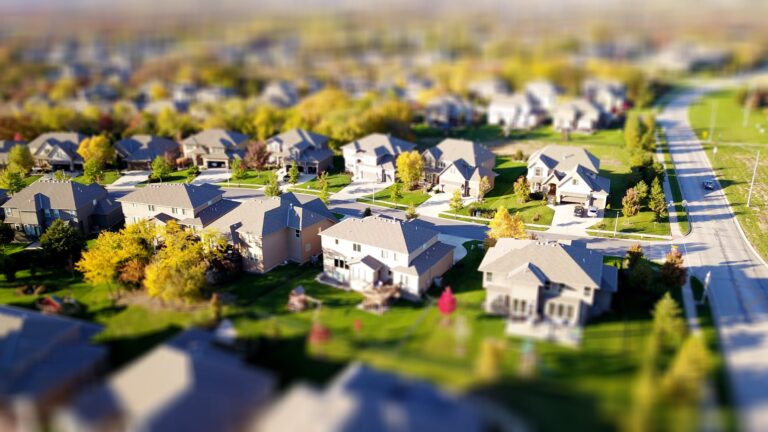Physical Address
304 North Cardinal St.
Dorchester Center, MA 02124
Physical Address
304 North Cardinal St.
Dorchester Center, MA 02124

We are blessed and cursed to live in times in which most smart people are expected to have an opinion on zoning. Blessed, in that zoning is arguably the single most important institution shaping where we live, how we move around, and who we meet. Cursed, in that zoning is notoriously obtuse, with zoning ordinances often cloaked in jargon, hidden away in PDFs, and completely different city-to-city. Given this unusual state of affairs, I’m often asked, “What should I read to understand zoning?” To answer this question, I have put together a list of books for the zoning-curious. These have been broken out into three buckets: “Introductory” texts largely lay out the general challenges facing cities, with—at most—high-level discussions of zoning. Most people casually interested in cities can stop here. “Intermediate” texts address zoning specifically, explaining how it works at a general level. These texts are best for people who know a thing or two about cities but would like to learn more about zoning specifically. “Advanced” texts represent the outer frontier of zoning knowledge. While possibly too difficult or too deep into the weeds to be of interest to most lay observers, these texts should be treated as essential among professional planners, urban economists, and urban designers. Before I start, a few obligatory qualifications: First, this not an exhaustive list. There were many great books that I left out in order to keep this list focused. Maybe you feel very strongly that I shouldn’t have left a particular book out. That’s great! Share it in the comments below. Second, while these books will give you a framework for interpreting zoning, they’re no substitute for understanding the way zoning works in your specific city. The only way to get that knowledge is to follow your local planning journalists, attend local […]

With the Democrats scrambling to come up with a legislative agenda after their November takeover of the House of Representatives, an old idea is making a comeback: a “Green New Deal.” Once the flagship issue of the Green Party, an environmental stimulus package is now a cause de celebre among the Democratic Party’s progressive wing. While it looks like the party leadership isn’t too receptive to the idea, newly-elected Representative Alexandria Ocasio-Cortez has spearheaded legislation designed to create a “Select Committee for a Green New Deal.” The mandate of the proposed committee is ambitious, possibly to a fault. At times utopian in flavor, the committee would pursue everything from reducing greenhouse gas emissions to labor law enforcement and universal health care. A recent plan from the progressive think tank Data for Progress is more disciplined, remaining focused on environmental issues, with clearer numerical targets for transitioning to renewable energy and reducing greenhouse gas emissions. Yet in all the talk about a Green New Deal, there’s a conspicuous omission that could fatally undermine efforts to reduce greenhouse gas emissions: little to no focus is placed on the way we plan urban land use. This is especially strange considering the outsized role that the way we live and travel plays in raising or lowering greenhouse gas emissions. According to the Environmental Protection Agency (EPA), transportation and electricity account for more than half of the US’ greenhouse gas emissions. As David Owen points out in his book “Green Metropolis,” city dwellers drive less, consume less electricity, and throw out less trash than their rural and suburban peers. This means that if proponents of the Green New Deal are serious about reducing carbon emissions, they will have to help more people move to cities. One possible reason for this oversight is that urban planning […]